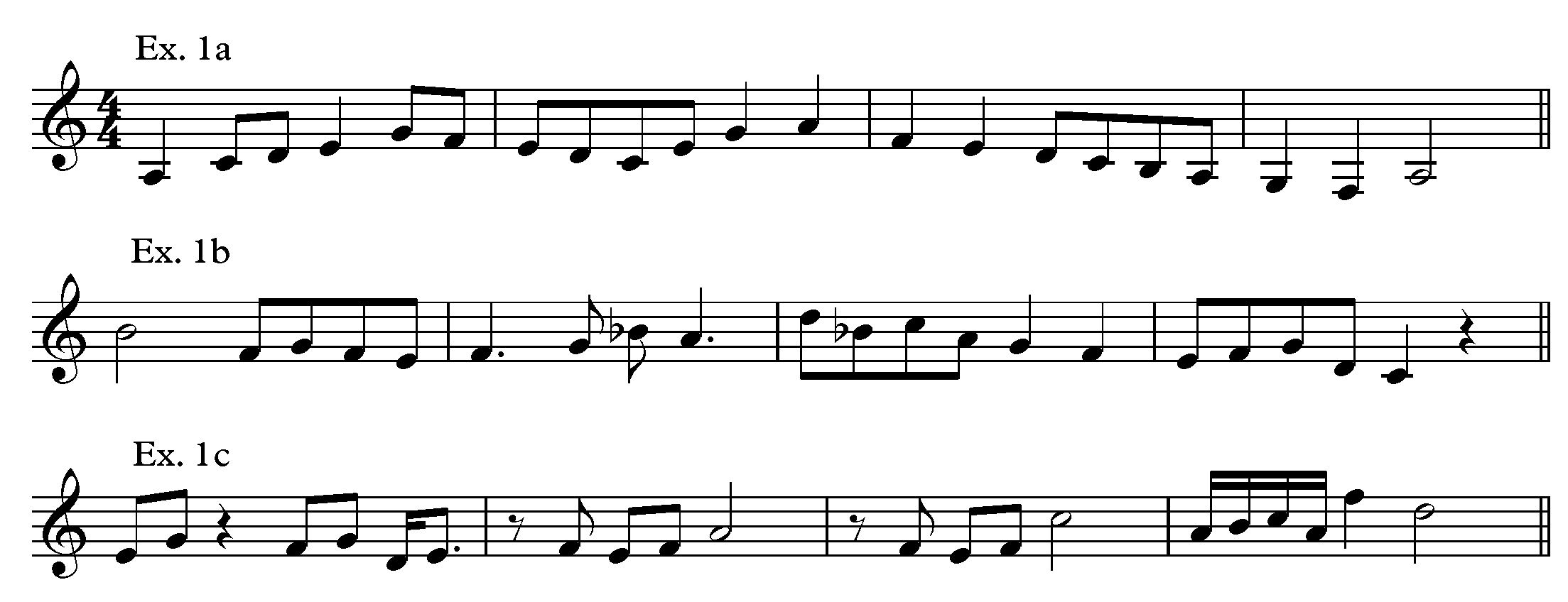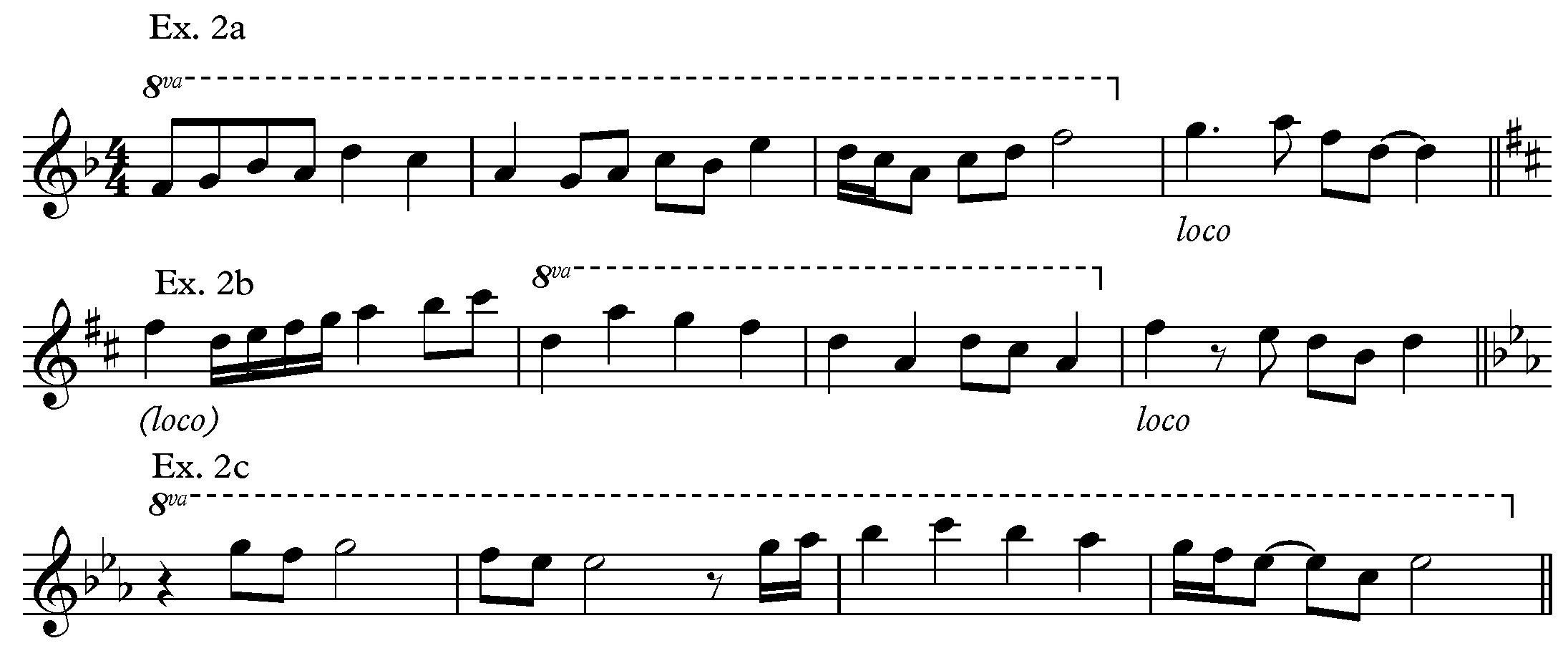Sight Reading Part 7 – Playing up an octave on guitar
By Rob Thorpe
Over the last two columns we’ve explored the challenge of reading chords on guitar, but this week we’re changing tack to develop the ability to transpose written parts quickly for playing up an octave. Although, simple to understand, this can take a little time to get the hang of, but is an important skill to develop.
As you may already know, the guitar is what’s known as a ‘transposing instrument’. This means the written notes on the stave are played on a different pitch. Instruments like trumpet and clarinet transpose to Bb which means the sounding pitch is a tone lower than written. (So to produce a concert C from a trumpet, the written note should be D)
Thankfully guitar and bass are not as complicated as that! Both guitar and bass (from double bass) sound a whole octave lower than written. The benefit of this is that the range of the instrument fits onto the treble clef stave without an unmanageable number of ledger lines. For example, writing middle C (the C below the stave) would produce the C on the A string, 3rd fret, whereas the same written note played on piano would generate the C at 5th fret of the G string.
One common application for reading an octave above is to be able to play the melody from jazz lead sheets with a greater degree of musicality. Playing at the guitar’s normal range would likely place the melody in the range of the accompaniment parts so to help the melody project above the accompaniment; we’re normally playing up an octave (returning the written melody to its intended octave). The reasoning applies to reading vocal melodies, flute violin parts etc. on guitar.
Fig. 1 which shows the location of notes on the fretboard as you would normally read them, and then the note an octave above in brackets. If you are still hesitant at naming the notes on the fretboard, especially on the higher strings, then this can be a great exercise to help cement the knowledge.

The first four notes show the most common octave shape covering three strings. The remaining notes demonstrate an alternative fingering.
Example 1a-c
Try each of these phrases as written first before playing up an octave. Identifying the starting note and then visualising the octave shape is a great way to start. To keep things simple all three phrases are in C major and 4/4.

Example 2a-c
Sometimes parts written specifically for guitar will include octave above instructions. This is done to avoid difficult ledger line reading when playing in the top register of the instrument for a sustained period of time. The notation for this is 8ve followed by a dotted line for the section to be played up an octave. In some cases, the word loco will appear afterwards as an indication to return to the normal octave.

“The artists you work with, and the quality of your work speaks for itself.”
Tommy Emmanuel
© Copyright Fundamental Changes Ltd 2025
No.6 The Pound, Ampney Crucis, England, GL7 5SA
